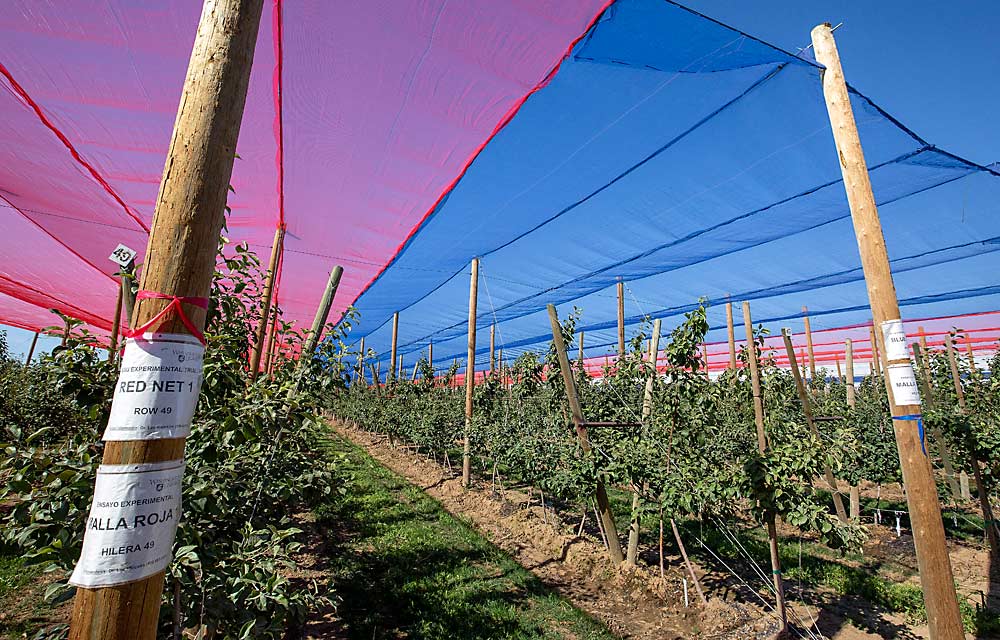
When Washington State University physiologist Lee Kalcsits was looking for a grower to host a research trial on netting, Matt Jeffery was looking for an opportunity to get involved with his family’s orchard operations at McDougall and Sons.
Matt, Scott McDougall’s son, still had a full-time dental practice to run, but he wanted to start building his own role at the family company. With his science background, partnering on the research project felt like a natural fit.
“I really like production numbers, production history, so we can see what’s going well and what we can learn and improve,” he said. “Working with scientists like Lee pushes me to be data-driven and research-based.”
McDougall and Sons installed three colors of netting, each reducing the light exposure by 20 percent, over a 12-acre block of Honeycrisp planted on Bud.9.
The trial stood out — visually, of course, with the striking red and blue netting — but also, to WSU, because the McDougalls invested their own $100,000 into the infrastructure to support it.
“They are constantly pushing the envelope of approaches to horticulture and are willing to work with us to try something that will potentially improve the productivity or quality of fruit from their orchards,” Kalcsits said of the partnership. “Hosting these experiments requires long-term commitments of both money and time, and we are grateful for their support.”
Kalcsits’ findings showed that all three colors of netting offered sun protection comparable to overhead cooling and reduced tree stress, which translated to more canopy fill-in, larger fruit and better return bloom. Meanwhile, the McDougalls found that workers felt uncomfortable under the red nets, preferring blue or white.
Today, those nets are abandoned, replaced by mist cooling.
That’s not a failed project: That’s what science looks like, Matt said. The technology and the research evolved, and so did the company.
“With Honeycrisp, it’s very challenging to get enough color but also not sunburn,” he said of using the nets. “So, we were at this crossroads of: Do we do more netting or overhead cooling?”
Then, Matt worked on another project with one of the company’s orchard managers, to see if a system they devised to retract the netting via a system of pulleys could strike the right balance between cooling and color. It works, but it’s an expensive system — a $14,000-per-acre retrofit — that they haven’t replicated.
The goal of studying netting was to see if they could get away from a reliance on overhead cooling that resulted in sopping wet soil, vigorous growth and big, bitter-pit-prone Honeycrisp, Matt said. Mist or fog cooling technology, which uses much less water, checks those same boxes, with lower annual labor costs.
“Fogging is where we are going as a company now,” he said.
The McDougall family’s willingness to talk about the economic implications of their experiments, as well as the scientific findings, is what has made the company such a great research partner over the years, said Karen Lewis of WSU. When researchers host field days at McDougall orchards, Scott is always on hand to share how it played out from a commercial perspective.
“In the single-digit margin years, it is critical that industry members have a clear picture of the economics behind a given operation/strategy or individual tasks, and Scott is quick to provide that information,” she said. “McDougall employees also demonstrate this cooperative and collaborative spirit, so it is part of the culture at McDougall and Sons.”
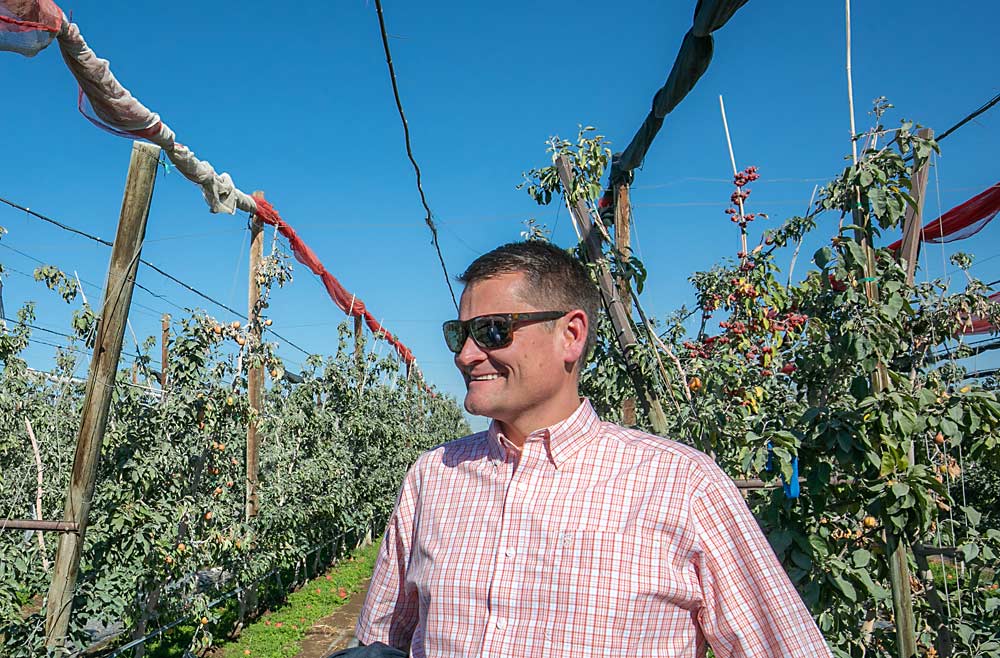
In his current role with the company, Matt has grown far beyond coordinating a few trials. He’s the assistant orchard operations manager for the company, which has about 4,000 acres of orchard sites across Central Washington, from Bridgeport to Mattawa.
“My biggest piece is maintaining constant communication,” he said. “My dad built these great teams, and I help the people who make it happen.”
There are a lot of workers and lots of equipment to coordinate, but he also tries to ensure orchard managers at different sites have an opportunity to learn from each other about what’s working best — including from their many research trials.
“At our size, we have to be intentional about that,” Matt said.
And he still has his hand in a lot of experiments. This year, that included evaluating a product that promised to boost color, but which didn’t seem to deliver much benefit in his Ambrosia, and working with consultants innov8.ag to see what emerging precision ag technology could offer their operations.
“This summer, we focused on apple counts and crop load targets” with a vision system, Matt said. “It’s not rocket science, but trying to standardize it might be.”
That’s perhaps the biggest change from the science of dentistry to the science of orcharding: There’s a lot more unpredictability, and some things you just can’t control.
“This is a whole different ball game,” he said. “Every year you get a new opportunity to learn and try something new.”
—by Kate Prengaman

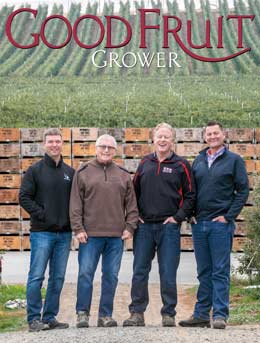
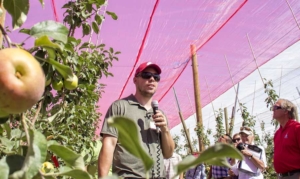
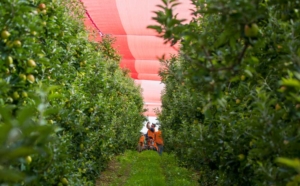





Leave A Comment